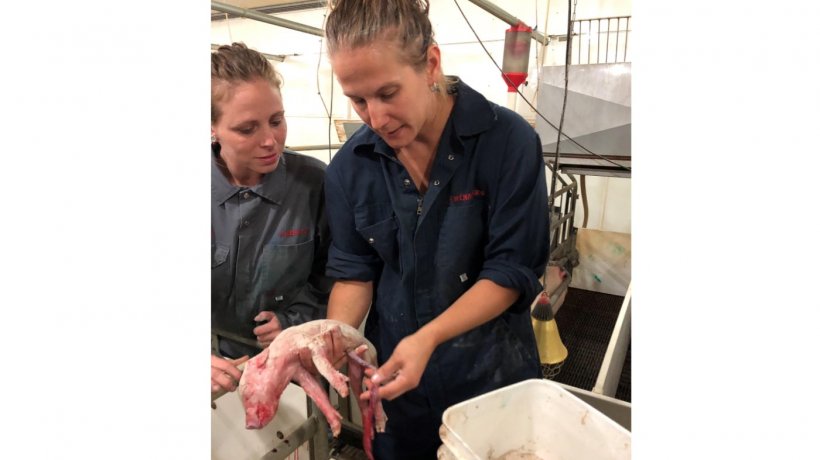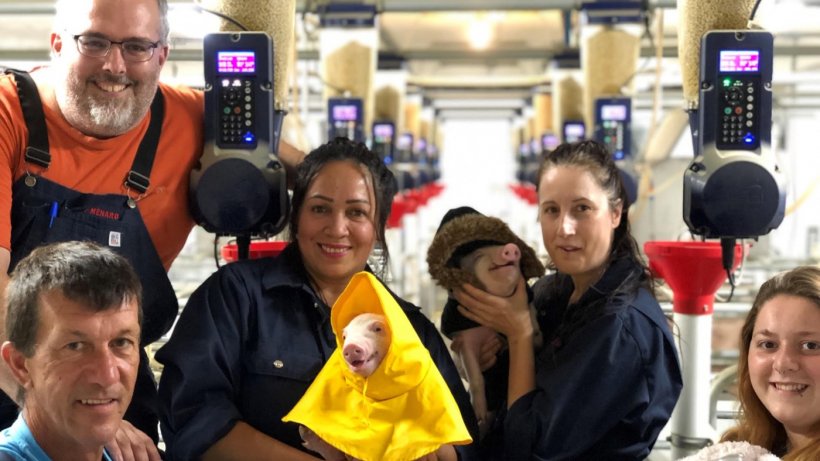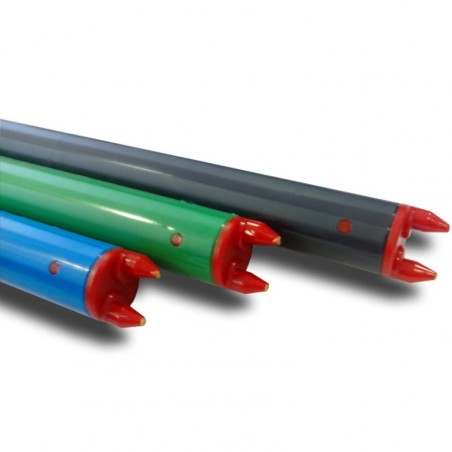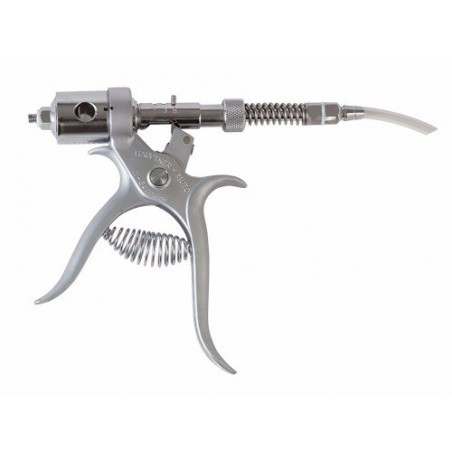Over the course of my career, I had the opportunity to manage more than 120 farm workers as well as 5 technical advisors. Working with them every day helped me learn how important it is to keep them motivated and thrive for better results. Far from being simple nor easy, it took me years to learn and master these simple, but how important, fundamentals.
Interview

When hiring a new employee, look at his attitude. Is he positive? Open-minded? Action-driven? Does he want to learn and improve? These are key qualities of an employee who has great potential for reaching higher levels.
Attitude is more important than experience. The majority of the people that I hired were from non-agricultural background, but had the wish to improve and learn.
Training – training – training
This is key! Turnover rate is generally very high within companies or operations, especially in the first year of work. People will leave because they will be assigned tasks that others do not want to do or tasks that they have not been trained for. Examples are washing and disinfecting farrowing crates or castration, as well as inseminating sows without anyone explaining how to detect heat. As a result, it is not rare to see a bad farrowing rate followed by complete demotivation of the new farm employee. As soon as a person is hired, take time to train them; have dedicated staff on- farm who will act as a teacher. It is crucial to explain to them what they have to do and why they do it. Support them along the training process, and more importantly, take time to introduce them to the new team they will work with. First impression is a strong concept, people always remember their first day at work and that impression will imprint their future within the company.
Find the best place to value their talents
Once you have found their strengths, look for the department where they will bring value and feel valued. Some people are better in gestation while others are better in the farrowing house; the most important thing is that they contribute to the increase in performances of the farm. One of the best examples is a farm manager I worked with previously. He was excelling in the breeding area and whichever farm he was moved to, the farrowing rate would increase right away. Another example is a woman who understood sow lactation, feeding, and piglet management so well, that the number of piglets weaned and weaning weight increased dramatically on whatever farm she was working at. These people felt valuable to the enterprise and added value to the whole production chain.

Give clear objectives
Clear objectives give clear results. Production objectives such as 31+ pigs/sow/year, 13 piglets weaned and 6.5 kg + at 21 days of age are clear objectives that employees can aim for. Production cost objectives are also very important. It raises awareness on profitability of the farm. Amount of creep feed used per piglet in farrowing crate or removal rate of parity 0 and 1 sow are examples of criteria that farm employees can be evaluated on.
Also, change your objectives on a regular basis, say every 6 to 12 months. Give feedback. Always seek higher and better results. Never settle.
Reward them based on the objectives
Once the goals are clear, reward them based on these. I found that most workers are stimulated by the salary. A good way of keeping them motivated is giving a bonus for achieving these goals.
Others are driven by peer recognition. Therefore, a healthy competition between different farms based on monthly results can be very stimulating for some teams.

Publishing production data of every farm for comparison can push some people to improve and become the best farm. Another way to motivate teams is to make a yearly contest based on production goals. Criteria such as cost of production can be used and the best farm is given an honor at the annual producer meeting.
People are proud. They work hard to be called the best farm of the company.
Continuing education
Generally, people enjoy learning. However, they need to be stimulated. Keep them alert. Bring them the newest researches. Make meetings regularly. Always bring new subjects. Improve their knowledge. Help them improve.
A formula I found to be very welcomed was a quarterly meeting. Take 2 hours of a day in the week where employees have less work, assemble a group of 25 to 30 farm managers and cover 3 to 5 different subjects. Examples are as varied as post-cervical insemination, biosecurity to prevent PRRS contamination, or feeding sows in lactation for best piglet growth. People enjoy learning new material very much but most importantly, it is a good opportunity for them to exchange tricks and find new ideas for improving. People learn a lot from each other and I learned a lot from them.
Promote the best talent
Some people can really make a difference within a company or a group of farms under the same ownership. I met high- potential farm workers who always wanted to improve and seek more responsibilities. It is very important to detect them and give them the opportunity to accomplish themselves in their work before the competition offers them this opportunity. Teach them as much as you can, mentor them, reward them, and as soon as there is an opening for a new beginning as technical advisor or specialized trainer for incoming staff, give them your trust and watch them flourished. They can have a huge impact on the overall results of your farm or business.

Conclusion
Motivating people is one of the hardest day-to-day work you can have. As a leader, be true, be kind, be open, be available, be resourceful, be there to help them. Employees need to feel that we care about them. As a result, you will automatically see a change in their work, but also in the overall environment. A working environment where respect, honesty, communication, ownership, and passion are its core will only bring motivation and results.
I always believed that happy people make happy pigs. Treat your people well and you’ll be surprised what they can accomplish.















